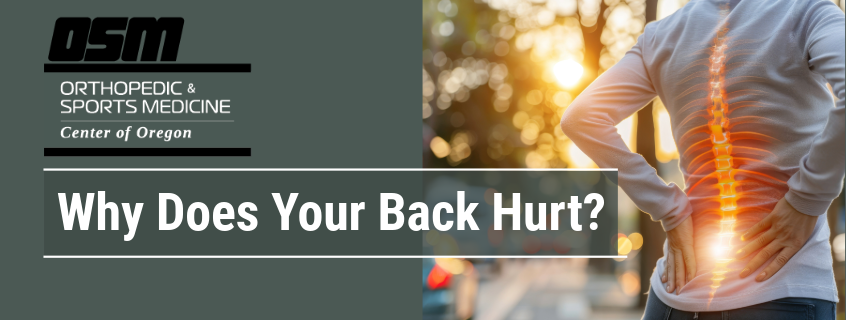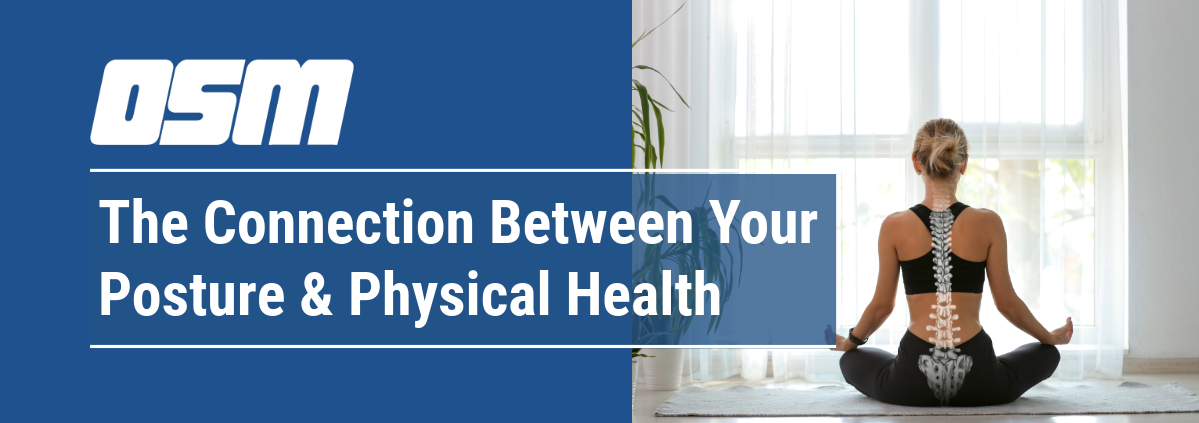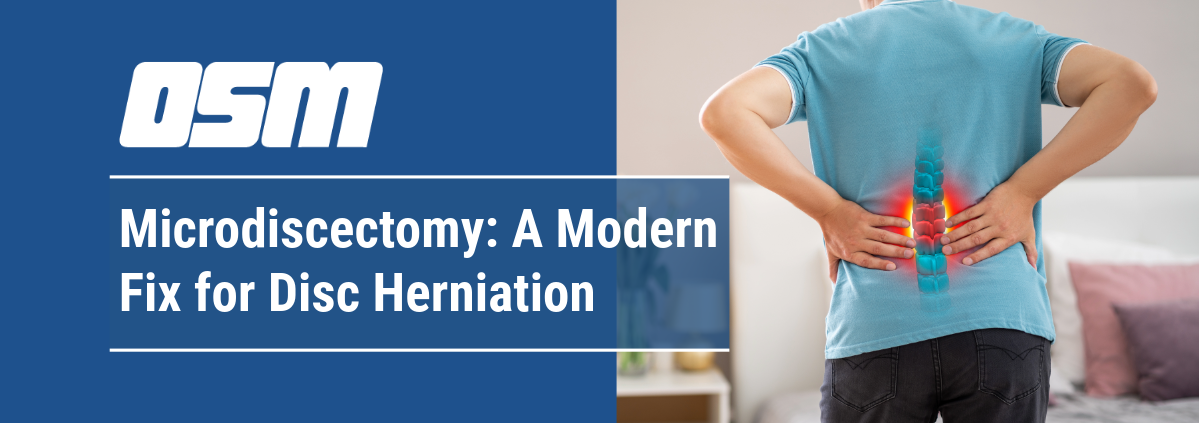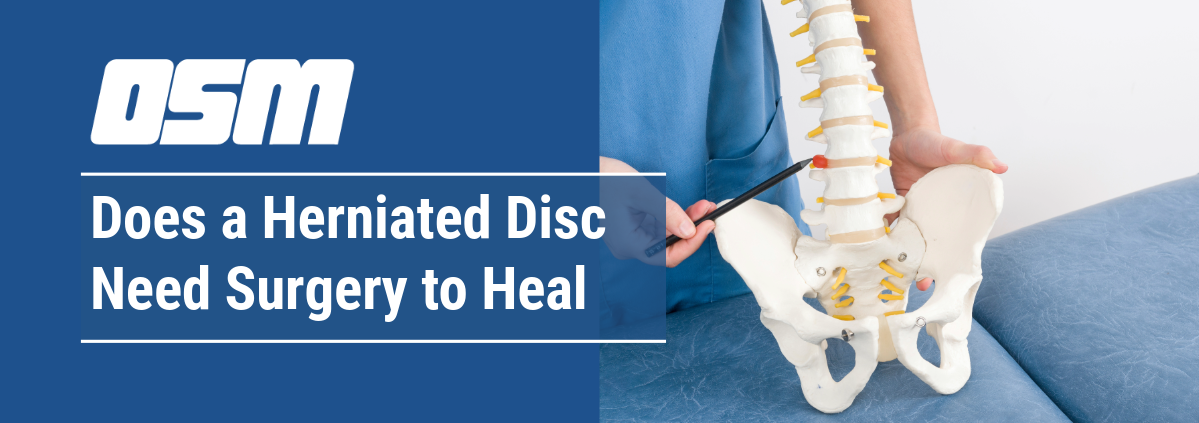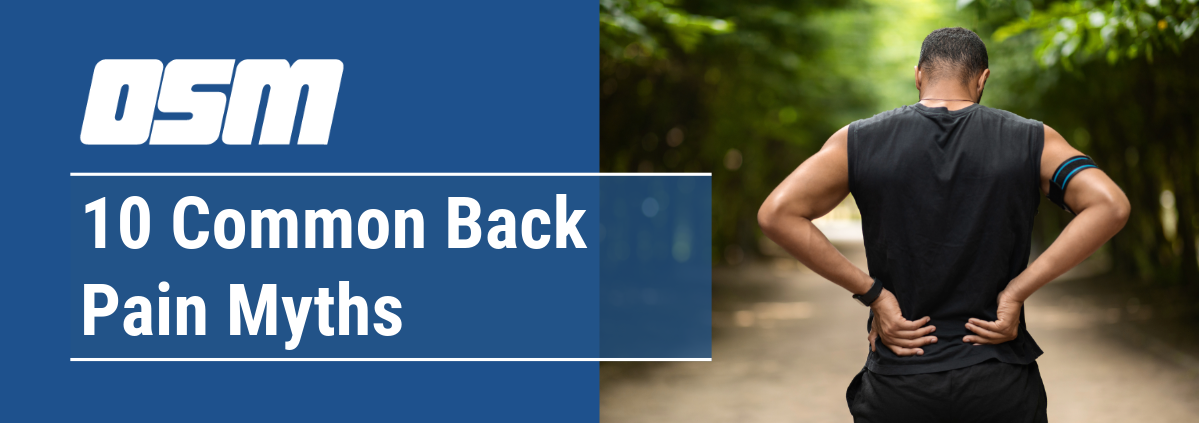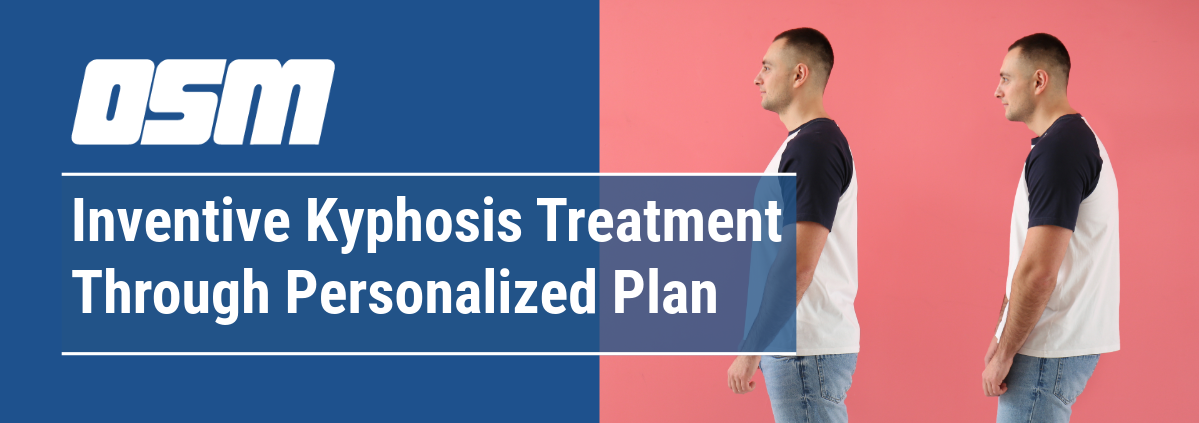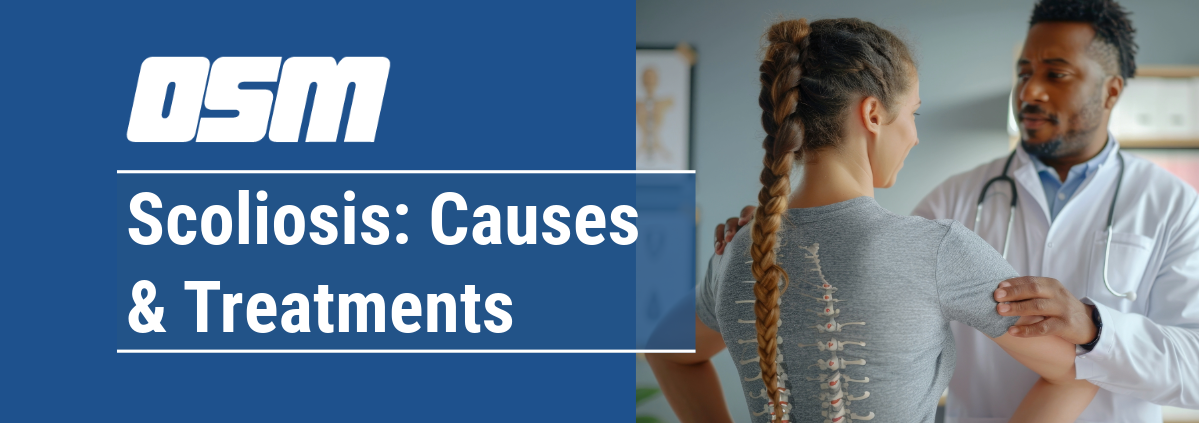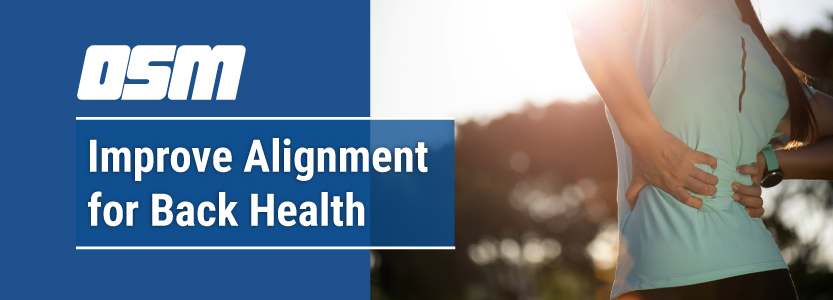Why Does Your Back Hurt?
Article featured on OPA Ortho
If you’ve ever dealt with nagging pain in your back—whether after lifting something heavy, sitting too long, or working out—you’re not alone. Back pain is one of the most common reasons people visit the doctor, with nearly 65 million Americans reporting a recent episode of back pain, according to Georgetown University’s Health Policy Institute.
Back pain often stems from structural issues in the lumbar spine, muscles, or joints, and in some cases, it may involve pressure on the spinal cord or nearby nerves, which can affect mobility and quality of life.
Understanding what causes back pain, especially from an orthopedic perspective, can help you take the right steps toward relief and long-term spine health.
What Causes Back Pain?
Back pain can stem from a variety of issues, but orthopedic causes are among the most common and treatable. These include problems with the bone spurs, muscles, joints, or disks in the spine. Unlike back pain caused by stress, infections, or internal organs, orthopedic conditions are rooted in the structure and movement of your body.
Common Orthopedic Causes of Back Pain
- Muscle or Ligament Strain: Overstretching or tearing muscle fibers is one of the most frequent causes of back pain. This can happen after sudden movements, poor lifting mechanics, or overuse.
- Herniated Disks or Bulging Disks: When the discs between your vertebrae are pushed out of place, they can press on nerves and cause sharp, radiating, chronic low back pain or even numbness.
- Degenerative Disk Disease (DDD): As we age, the discs in our spine naturally wear down. For some, this process leads to chronic pain and reduced mobility.
- Spinal Stenosis: This condition causes narrowing of the spinal canal, which can put pressure on the nerve roots. It’s more common in older adults and may cause severe pain in the lower back or legs.
- Osteoarthritis: When cartilage in the spine wears down, it can lead to constant pain in joints, stiffness, and inflammation, especially in the lower back.
- Scoliosis or Spinal Deformities: Abnormal spinal curvatures can put strain on muscles and joints, leading to mid or upper back pain.
- Vertebral Fractures: Often caused by osteoporosis or trauma, these spinal fractures can result in sudden and chronic back pain.
Pain by Location: What It Might Mean
- Lower Left or Right Back Pain: Usually related to muscle strain, disc issues, or joint irritation. It’s often linked to lifting, twisting, or awkward movement.
- Middle Back Pain (Mid Back Pain): Can come from poor posture, disc degeneration, or muscular imbalance. It’s less common than low back pain but just as disruptive.
- Upper Back Pain: May stem from overuse, poor ergonomics, or spinal arthritis. Often connected to long hours at a desk or carrying heavy bags.
Back Pain Symptoms to Watch For
These symptoms can vary depending on the underlying cause, but common signs include:
- Dull, aching pain in the lower, middle, or upper back
- Sharp or shooting pain, especially when moving
- Stiffness or limited range of motion
- Pain that worsens with activity and improves with rest
- Numbness, tingling pain, stabbing pain or weakness (if nerves are affected)
Understanding your back pain symptoms can help you and your provider pinpoint the root cause and guide effective treatment.
When to See an Orthopedic Specialist
Sometimes, back pain resolves on its own. But if you’re noticing certain warning signs, it’s time to seek expert care:
- Pain lasting longer than 6 weeks
- Numbness, tingling, or weakness
- Difficulty walking or performing daily tasks
- Pain that wakes you up or gets worse at night
Orthopedic specialists can diagnose these issues with imaging tools and physical exams, helping tailor a treatment plan to your needs.
Treatment Options for Back Pain
At-Home Relief
Start with the basics: rest, ice or heat therapy, and over-the-counter pain relievers like ibuprofen or acetaminophen. These simple steps can reduce inflammation and make daily movement more manageable. Be sure to avoid activities that trigger or worsen your discomfort while you recover.
Physical Therapy
Targeted physical therapy can make a big difference in managing lower back pain. Therapists often guide you through personalized exercises that improve core strength, balance, and flexibility, all of which support your spine.
They may also introduce stretches and posture adjustments to reduce strain and prevent future flare-ups.
Medication and Injections
Nonsteroidal anti-inflammatory drugs (NSAIDs) or muscle relaxants may help ease moderate pain and reduce tension in the surrounding muscles. In more persistent cases, your provider might recommend corticosteroid injections near irritated nerves to relieve inflammation and improve mobility.
Surgical Intervention
If conservative treatments aren’t effective and the acute back pain continues to interfere with your daily life, surgery may be considered. Procedures like discectomy, laminectomy, or spinal fusion can correct structural issues, relieve nerve compression, and restore stability to the spine.
Special Considerations for Women
Hormonal shifts, pregnancy, and changes in posture can all influence lower back pain in females. Conditions like sacroiliac joint dysfunction or osteoporosis are also more common in women and should be evaluated if pain persists.
Preventing Future Back Pain
Staying active is great for your health, but protecting your back while you do it is just as important. A few simple adjustments to your routine and environment can go a long way in preventing pain and injuries down the road.
- Warm Up Before Workouts and Practice Proper Lifting: Always begin physical activity with a gentle warm-up to prepare your muscles and joints. When lifting, bend your knees, not your back, and keep the object close to your body to avoid strain.
- Strengthen Your Core and Improve Flexibility: A strong core helps stabilize your spine, reducing the risk of injury. Combine strengthening exercises with stretching routines to improve flexibility in your hips, hamstrings, and back muscles.
- Wear Supportive Shoes and Maintain Good Posture: Footwear with proper arch support and cushioning helps reduce impact on your spine. At the same time, being mindful of your posture whether sitting, standing, or walking can relieve unnecessary pressure on your lower back.
- Replace Worn-Out Mattresses and Desk Chairs: Old, sagging mattresses and unsupportive chairs can contribute to poor spinal alignment. Make sure your sleep and work setups promote a healthy posture throughout the day and night.
- Incorporate Cross-Training and Active Recovery: Give your back a break from repetitive stress by mixing in low-impact exercises like swimming, biking, or yoga. These activities help build strength and flexibility while reducing joint strain.
By making these practices part of your daily routine, you can reduce the risk of back pain and keep your spine healthy for the long haul.
Conclusion
Back pain doesn’t have to be a permanent part of your life. Whether it’s a simple strain or something more complex like spinal stenosis, getting the right diagnosis and treatment can put you on the path to pain relief.
The Orthopedic & Sports Medicine Center of Oregon is an award-winning, board-certified orthopedic group located in downtown Portland Oregon. We utilize both surgical and nonsurgical means to treat musculoskeletal trauma, spine diseases, foot and ankle conditions, sports injuries, degenerative diseases, infections, tumors and congenital disorders.
Our mission is to return our patients back to pain-free mobility and full strength as quickly and painlessly as possible using both surgical and non-surgical orthopedic procedures.
Our expert physicians provide leading-edge, comprehensive care in the diagnosis and treatment of orthopedic conditions, including total joint replacement and sports medicine. We apply the latest state-of-the-art techniques in order to return our patients to their active lifestyle.
If you’re looking for compassionate, expert orthopedic and podiatric surgeons in Portland Oregon, contact OSM today.
Phone:
503-224-8399
Address
17355 Lower Boones Ferry Rd Suite 100A
Lake Oswego, OR 97035
Hours
Monday–Friday
8:00am – 4:30pm

